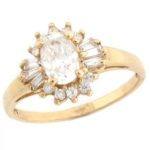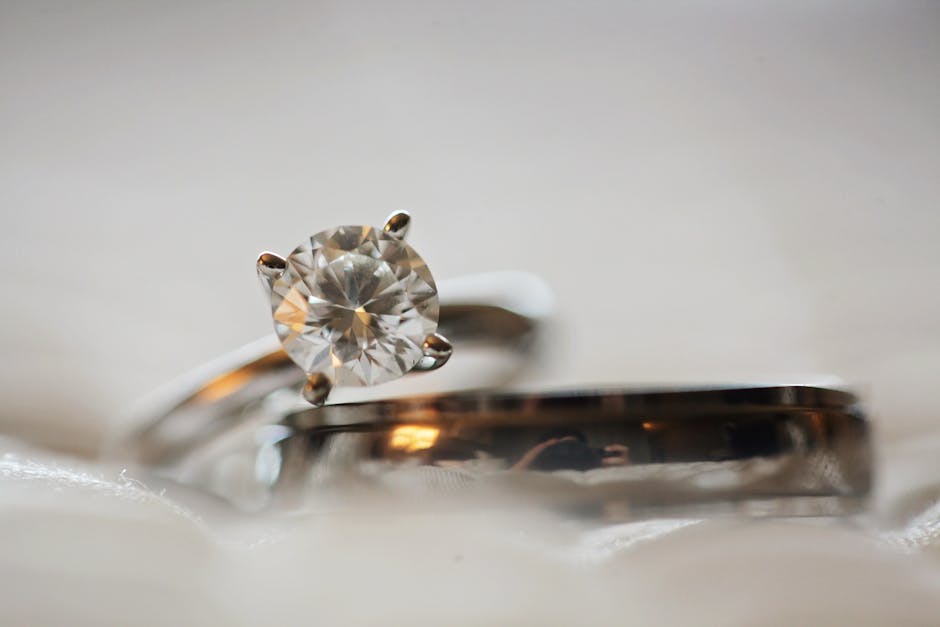Fine gold jewelry, with its timeless beauty and exceptional quality, has been captivating wearers for centuries. Discerning individuals seek out fine gold for its durability, purity, and aesthetic appeal. However, distinguishing genuine fine gold from lower-quality imitations can be challenging. Here's a comprehensive guide to help you identify fine gold jewelry with confidence.
**Hallmarks: The Signature of Authenticity**
Hallmarks are tiny stamps inscribed on gold jewelry to indicate its purity and origin. They provide valuable information about the metal's composition and provenance. Common hallmarks for fine gold include:
* **24K (99.9% pure)**: The highest purity of gold, often used in fine jewelry and collectors' pieces.
* **18K (75% pure)**: A popular choice for high-end jewelry, offering a balance of durability and brilliance.
* **14K (58.3% pure)**: A common alloy used in everyday jewelry, combining strength with affordability.
**Color and Luster: The Golden Glow**
Fine gold possesses a warm, rich color that is distinct from other metals. Its luster, or shine, is unparalleled, reflecting light beautifully. Imitations may appear brassy or dull in comparison. Additionally, fine gold maintains its color over time, while lower-quality alloys may tarnish or discolor.
**Weight and Density: A Matter of Substance**
Gold is a dense metal, making fine gold jewelry noticeably heavier than imitations. Hold the piece in your hand and feel its substantial weight. Lighter pieces may indicate a lower gold content or the presence of base metals.
**Magnetic Properties: The Ultimate Test**
Gold is not magnetic, unlike many other metals. If a magnet does not attract your jewelry, it is a strong indication that it is made of fine gold or a non-ferrous alloy that does not contain magnetic metals.
**Acid Tests: A Chemical Investigation**
Acid testing is a traditional method for verifying the purity of gold. A small drop of nitric acid is applied to an inconspicuous spot on the jewelry. If the acid turns milky white, it indicates the presence of base metals, while genuine gold will remain unaffected.
**Certificates and Reputable Dealers: Trustworthy Sources**
Reputable jewelers and gemological laboratories can provide certificates of authenticity that verify the purity and quality of fine gold jewelry. Trustworthy dealers will stand behind their products and offer guarantees for authenticity.
**Caring for Your Fine Gold Jewelry**
Once you have acquired fine gold jewelry, proper care is essential to maintain its beauty and longevity.
* Store jewelry in soft, lined boxes or pouches to prevent scratches.
* Avoid harsh chemicals, including chlorine and bleach.
* Clean jewelry regularly with a soft cloth and mild soap, then rinse with clean water.
* For deep cleaning, take your jewelry to a professional jeweler for ultrasonic cleaning.
By following these guidelines, you can confidently identify and appreciate the timeless beauty of fine gold jewelry. Its intrinsic value and enduring appeal make it a cherished possession for generations to come.

